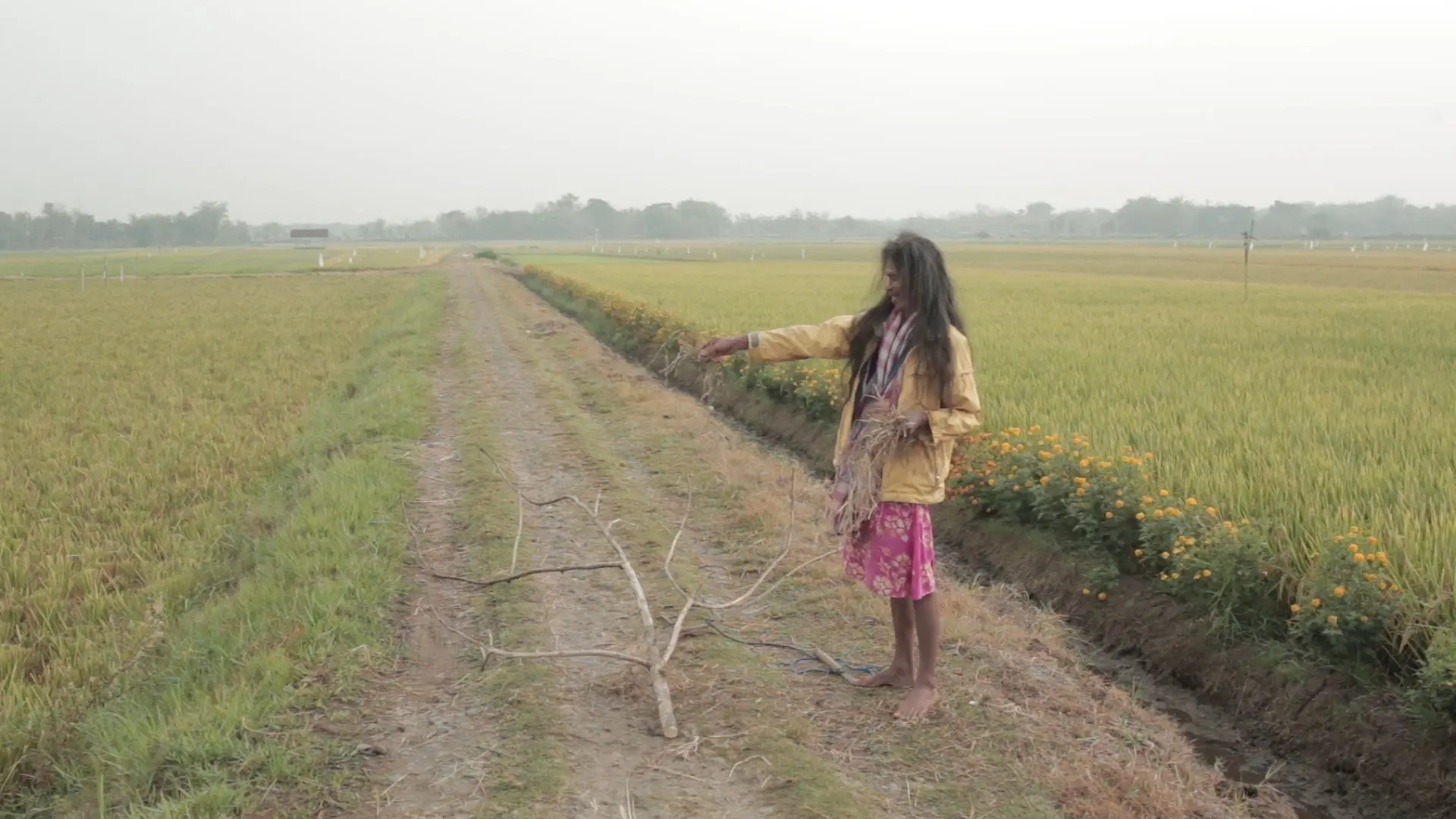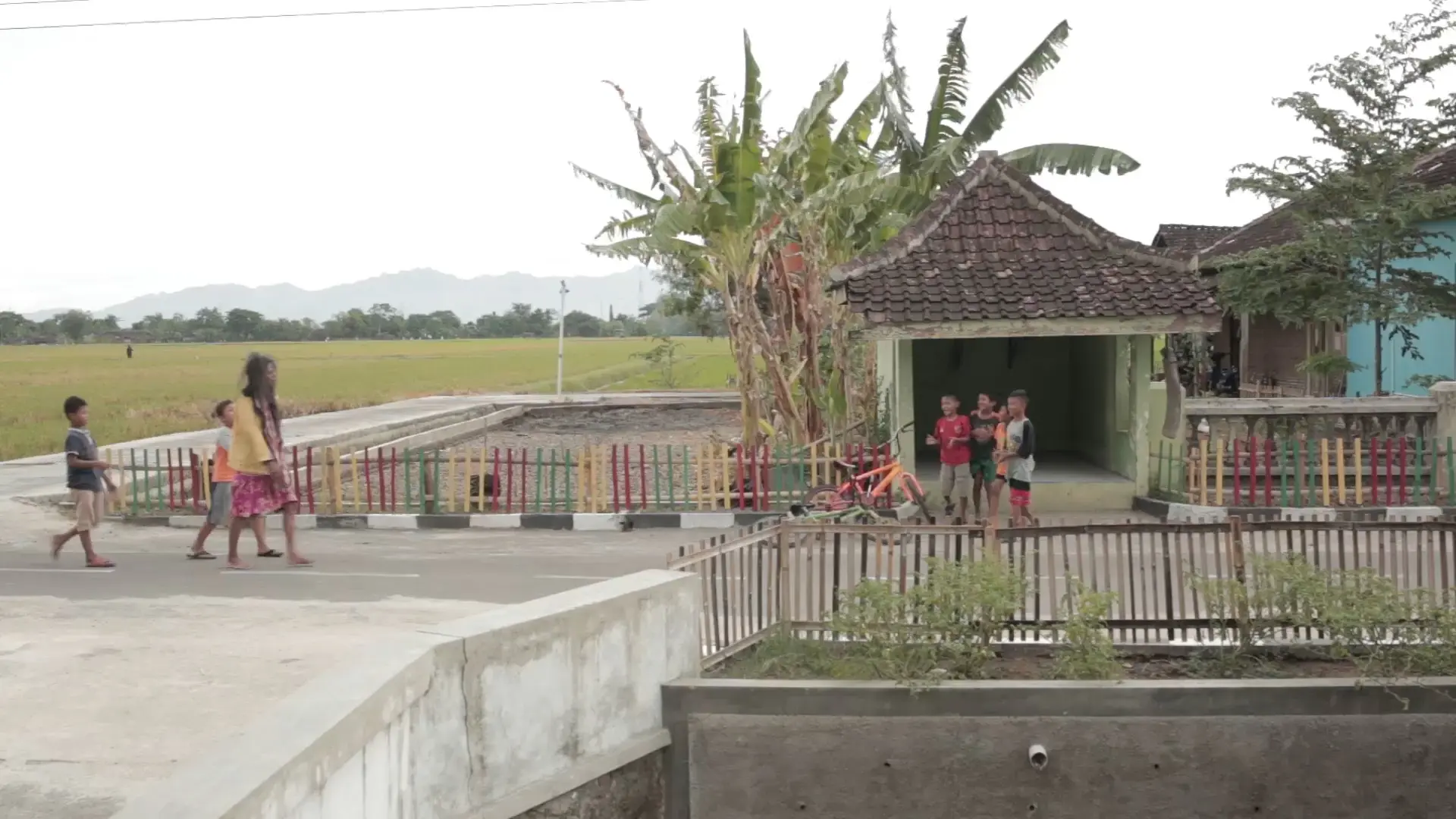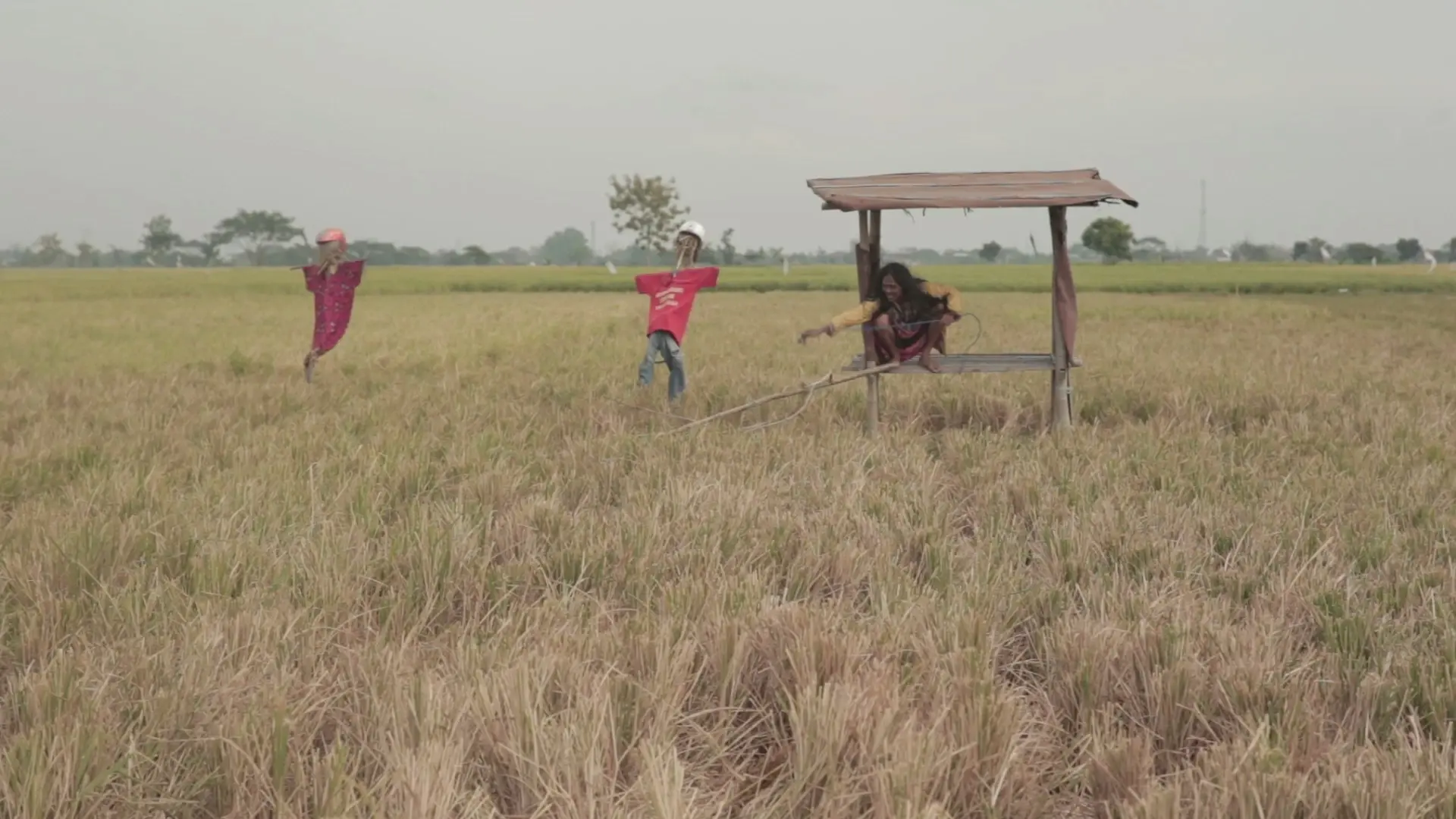Through Modong, Diana Fitrianingsih offers a unique perspective that reveals more than just trauma and social stigma. By portraying mental illness as a deeper form of representation, the film invites viewers to trace the turbulence of Modong’s emotions.
Almost everyone has experienced loss, and people respond to helplessness and emptiness in different ways. For Modong, one way is by caring for a tree branch, treating it as though it were the cow he had lost. This act reflects not only his fragility but also his deep emotional bond with the branch, which he protects with all his heart.
Beyond this, the film takes us further into the weight of social stigma. Despite being a target of misunderstanding and ridicule, Modong continues his routines and remains steadfast in his own authenticity choosing to live as himself rather than surrender to the labels imposed upon him.
By creating his own reality, Modong resists emptiness. Instead of giving in, he seeks ways to fill the void, with the branch serving as his final form of defense, his last anchor to life.
But what happens if that final defense disappears?
The film suggests that if his branch were to vanish, so too would his world and with it, the people who exploit, control, and alienate him. They too would dissolve into nothingness.
Perhaps my interpretation differs from others, but the emotions and messages Diana Fitrianingsih conveys resonate clearly not only with me but also with several other viewers I spoke to, and likely with many more who witness this film.
By Satya Din Muhammad
Editor Majesti Anisa
Translator Debytha Nela M. V.





Comments • 0
Write your comment
Comments • 0